Things To Do
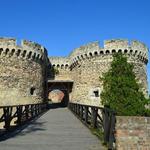
The Belgrade Fortress
The Belgrade fortress, built on a white ridge above the confluence of two big rivers, destroyed and rebuilt over and over for 16 centuries, still stands as the symbol of Serbia’s capital. Most of the gates leading into the city are preserved, as well as the Sahat tower (eng. Clock tower) that still today looks like it looked the day it was built. One of the rare preserved monuments of Islamic architecture in Belgrade is Damad Ali Pasha’s Turbeh in Lower Town. Those who like the history of war shouldn’t miss the opportunity to visit the Military Museum in Lower Town and the Nebojša tower – the medieval canon tower that Turks transformed into a dungeon. The view of the city from the rivers Danube and Sava is breathtaking. You will see the monumental “Victor” rising above the walls of the city, the symbol of Belgrade and victory over time. Belgrade fortress still stands defying the time and hiding numerous legends.
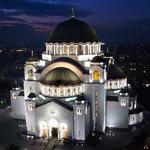
St. Sava Temple (Hram Svetog Save)
The Temple of Saint Sava, one of the biggest orthodox temples in the world, was built in honor of Sava, in Vračar, at the spot where the saint’s remains were burnt. Due to its size the Temple dominates the surroundings and it can be seen from different parts of Belgrade. The view on the Temple is especially stunning at night, under the spotlights.
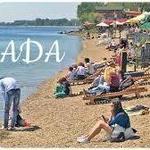
Ada Ciganlija
This peninsula, rich with oak and elm forests, different animal species and with a specific microclimate, presents a true little oasis, just four kilometers away from the centre of Belgrade. Here you will have an opportunity to enjoy your summer, cocktails, swimming and sunbathing, along with the great atmosphere, good music and water sports. Thanks to the specific microclimate of the peninsula, the temperature is always slightly lower than in the rest of the city, therefore this makes an ideal place for cooling down and escaping the city heat and crowds.
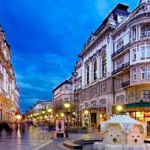
Knez Mihailova
Knez Mihailova is the main walking street in the center of Belgrade. It goes from Kalemegdan (central park and fortress) to the Republic Square (main central square), and continues to Terazije square, splitting the downtown in two. This street is one of the best places to feel the pulse of the city. Knez Mihailova is home to many national and international culture institutions (Serbian Academy of Sciences and Arts, Centre Culturel Français, Instituto Cervantes and Goethe institute…), numerous cafes and restaurants, a few hotels and hostels, and lots of local and worldwide brand shops.
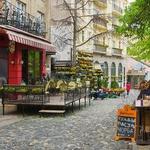
Skadarlija
Skadarlija is a vintage street in the capital of Serbia. It is located in the Belgrade municipality of Stari Grad (Old town) and generally considered the main bohemian quarter of Belgrade, similar to Paris' Montmartre. In this neighborhood there are a handful of restaurants where you'll be able to really experience the traditional Serbian cuisine. There are also galleries, antique shops and souvenir shops.
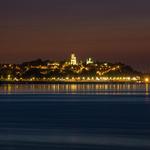
Zemunski Kej
Zemunski Kej, as its name suggests (Zemun's quay), is located alongside the right bank of the Danube. The promenade itself (officially named Kej Oslobođenja, Quay of Liberation) begins below the Gardoš hill overlooled by a Gardos Tower Built by Austo-Hungarian empier , and after 2.5 km (1.6 mi) continues into the municipality of New Belgrade. It is the location of several old and famous kafanas in Zemun, like Venecija, Stara Kapetanija, Šaran that sit next to the Danube river.